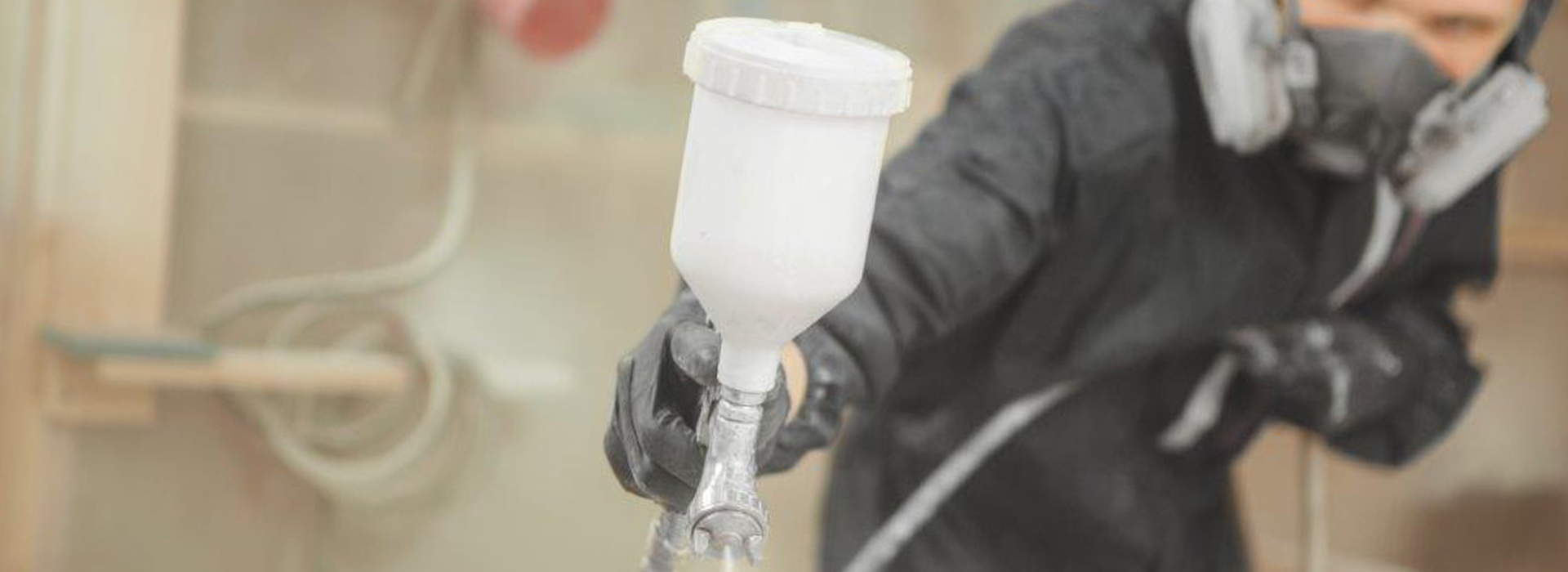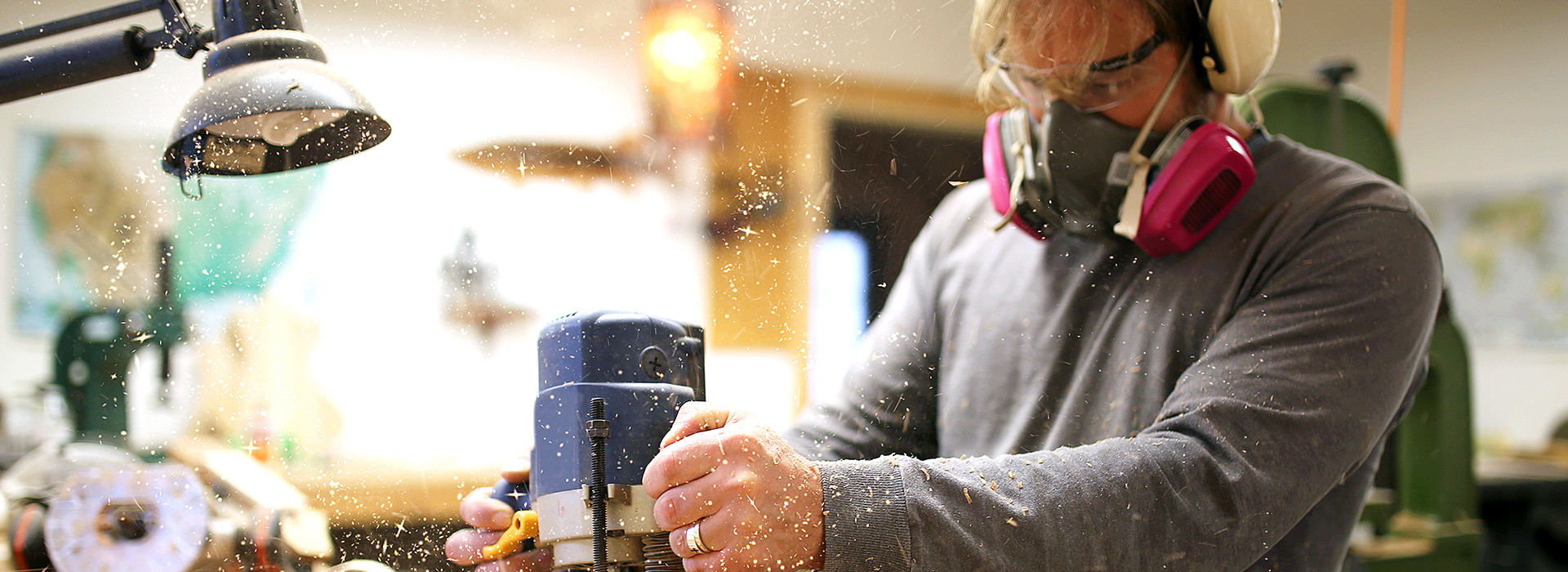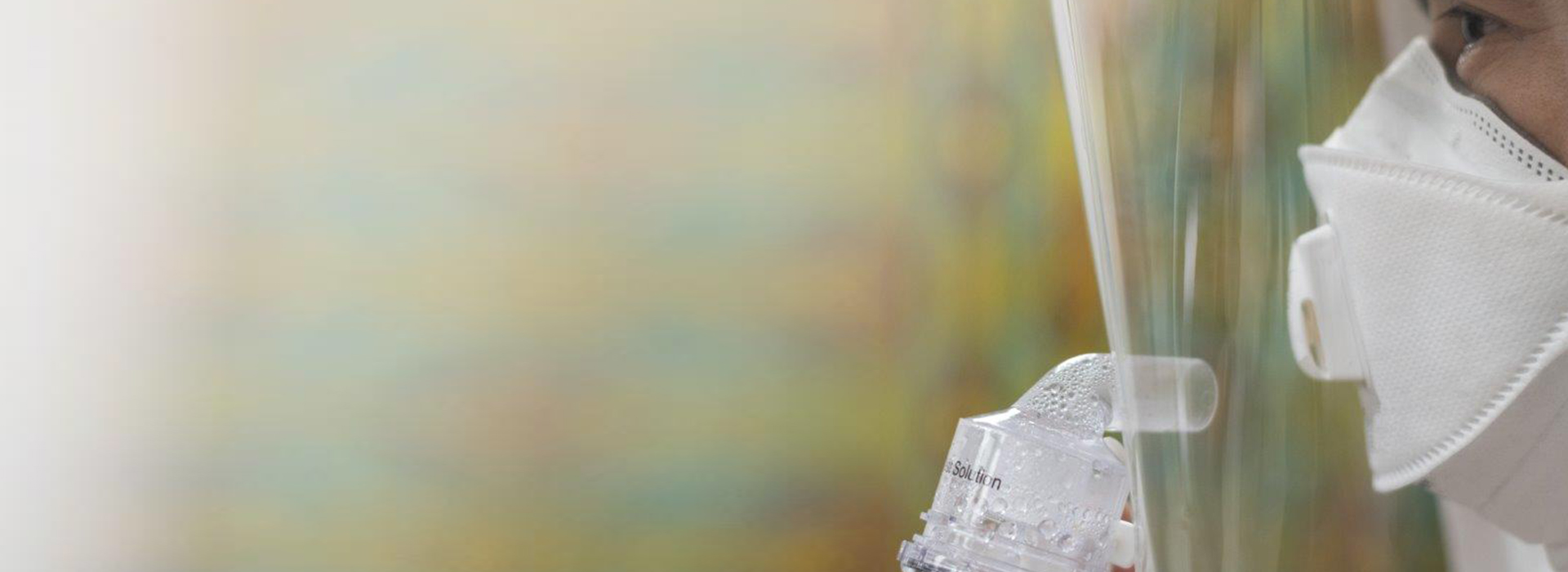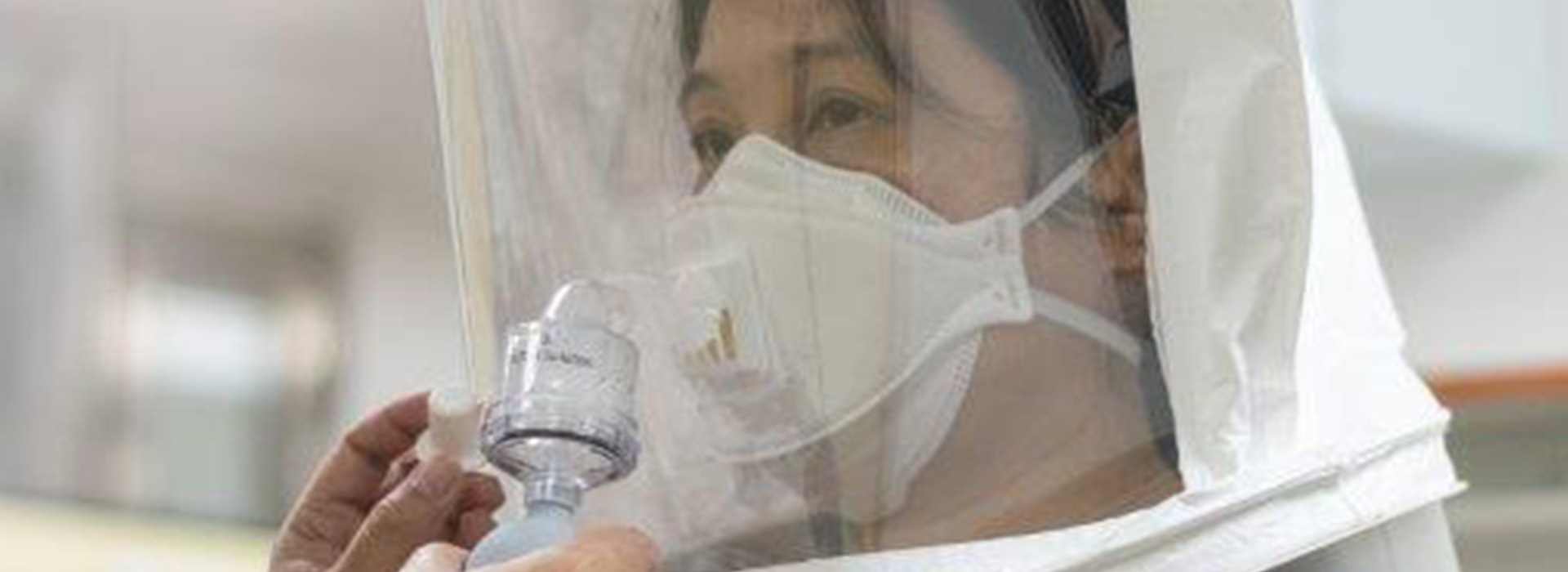As an employer you have to ensure that tight fitting Respiratory Protective Equipment (RPE) you provide your employees is suitable and fits them properly. Contact us to arrange a face fit test to ensure you are compliant with Health & Safety regulations.
Face Fit Testing
Why Face Fit Test?
It’s required by law
Anybody who wears a tight or close fitting mask to work is legally required to undergo a face fit test. They should have a certificate to prove any tight-fitting mask offers them the adequate levels of protection. This includes half masks (disposable and reusable), powered respirators and full face masks. Legislation and Regulations such as Health and Safety at Work Act 1974, (PPE) Personal Protective Equipment Regulations 1992, (COSHH) Control Of Substances Hazardous To Health Regulations 2002, CAR (Control of Asbestos Regulations) and CLaW (Control of Lead at Work) all state that face fit testing should be a part of the initial mask selection process.
Help to protect and safeguard your health
Face fit testing is designed to provide workers with the best protection against the effects of hazardous materials in the workplace. It can ensure the best possible seal to your face, reducing the chances of any dangerous particles entering the mask and being inhaled. Respiratory protective equipment (RPE) is essential to reducing the risk of work-related illness and death. For example, the long-term effect of solvent exposure depends on the type of solvent as well as the length of exposure. Examples of long-term health hazards include:
· Throat and lung damage
· Liver and kidney damage
· Central nervous system damage
· Cancer, which can occur in the liver, kidneys, and lungs.
However, you can’t be sure of your mask’s effectiveness without it being tested by a competent, experienced testing operative.
How Often should I be tested?
The Health and Safety Executive (HSE) states that RPE “should be suitable for the intended use” and it “should be properly stored, cleaned and checked regularly to ensure it remains effective.”
Even if you feel that your face hasn’t undergone any significant changes, it is still recommended that you partake in regular face fit tests. These should take place at least every 1-2 years to ensure that your mask is still providing you with the correct level of protection. Changes to the face might seem unnoticeable however weight loss or weight gain, dentistry work, moles or scarring around the face seal area, can be significant enough to make you RPE less effective and result in not providing adequate protection.
Type of Face Fit Testing
There are 2 types of face fit testing which is Qualitative fit testing (QLFT) and Quantitative fit testing.
Qualitative fit testing (QLFT)
Qualitative fit testing (QLFT) is a pass/fail test based on the wearer’s assessment of any leakage through the face seal area. This method is only suitable for disposable and reusable half masks A bitter- or sweet-tasting atomiser is used as a test agent. The test is carried out in 2 stages.
Stage 1: Sensitivity Test – This determines whether the wearer can taste or smell the test solution with the hood worn over the head and shoulders without any mask and the test solution sprayed into the hood.
Stage 2: Fit Test – This determines whether the wearer can taste or smell the test solution with the wearer donning the face mask with the hood worn over the head and shoulders. The solution will be sprayed into the hood at required intervals whilst the wearer is carrying out a set format of predominantly head movement exercises to replicate movements in the workplace. This test is based on subjective detection through taste and response by the wearer of the RPE . The Fit test takes approximately 20 minutes per mask to complete
Quantitative fit testing (QNFT)
Quantitative fit testing (QNFT) methods are suitable for disposable and reusable half masks and full-face masks. The test provides a numerical measure of how well a facepiece seals against a wearer’s face; this is called a fit factor. This method gives a more accurate and statistical measure of face fit and is not subjective / taste based. Methods used are though ambient particle counting or controlled negative pressure.
The RPE wearer will have an adapter fitted to the mask which will enable
We use a Portacount machine which is ambient particle counting. Particle counting counts the number of microscopic dust particles in the air and compares this to the number of dust particles inside the mask.
The mask will be permanently or temporarily adapted (dependant on type of mask) to fit to the machine. The RPE wearer will carry out a set format of predominantly stepping & head movement exercises to replicate movements in the workplace. If the machine detects a certain amount of leakage in the mask, this will result in the test being a fail and will indicate that the mask needs to be adjusted and the wearer retested or the mask is not suitable for the wearer.
Face Fit Testing is conducted in accordance with HSE document INDG 479.
Every different type of mask worn must be face fit tested.
Contact us for more information or for a competitive quote.
Useful Links
https://www.hse.gov.uk/respiratory-protective-equipment/fit-testing-basics.html





